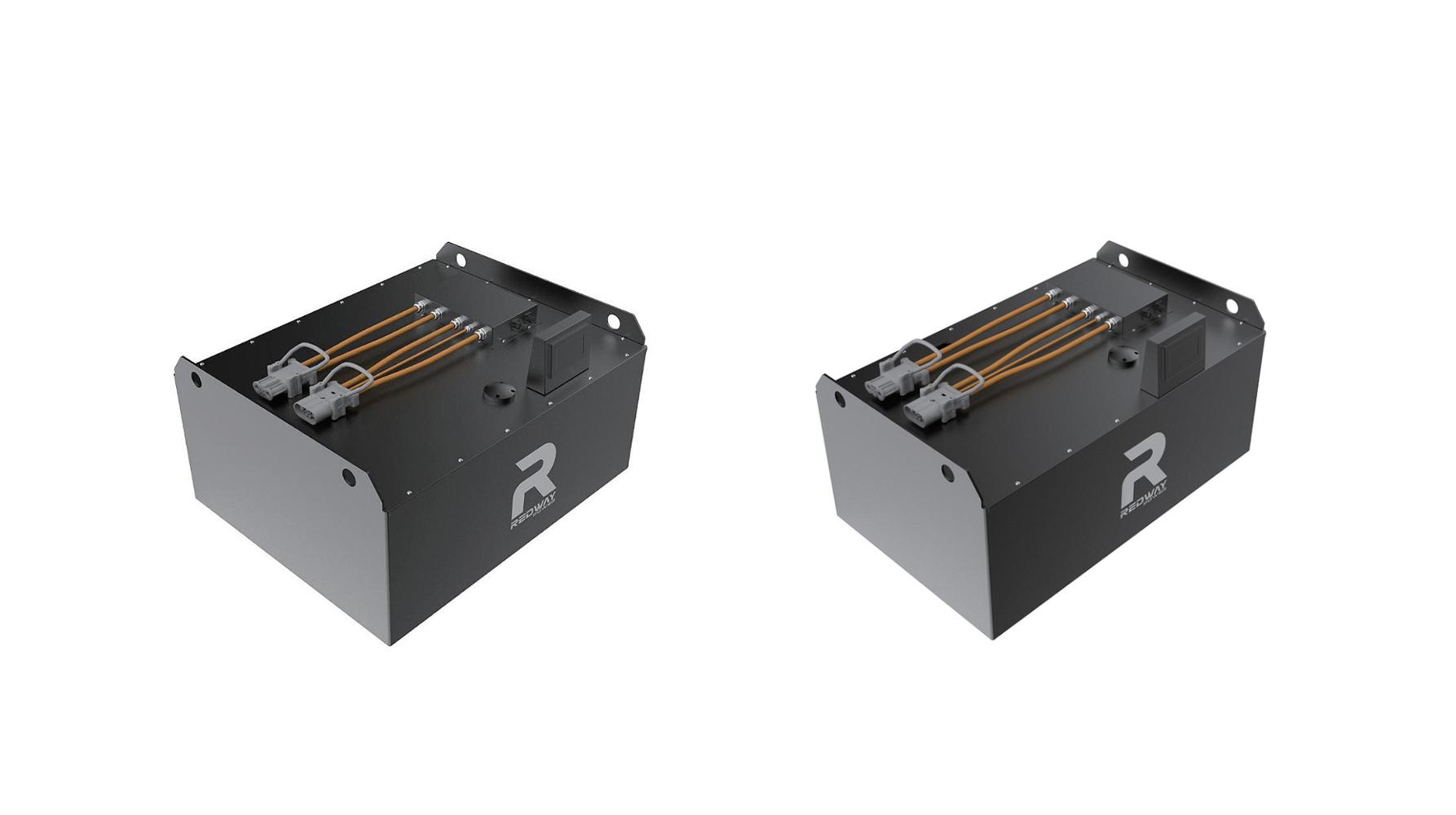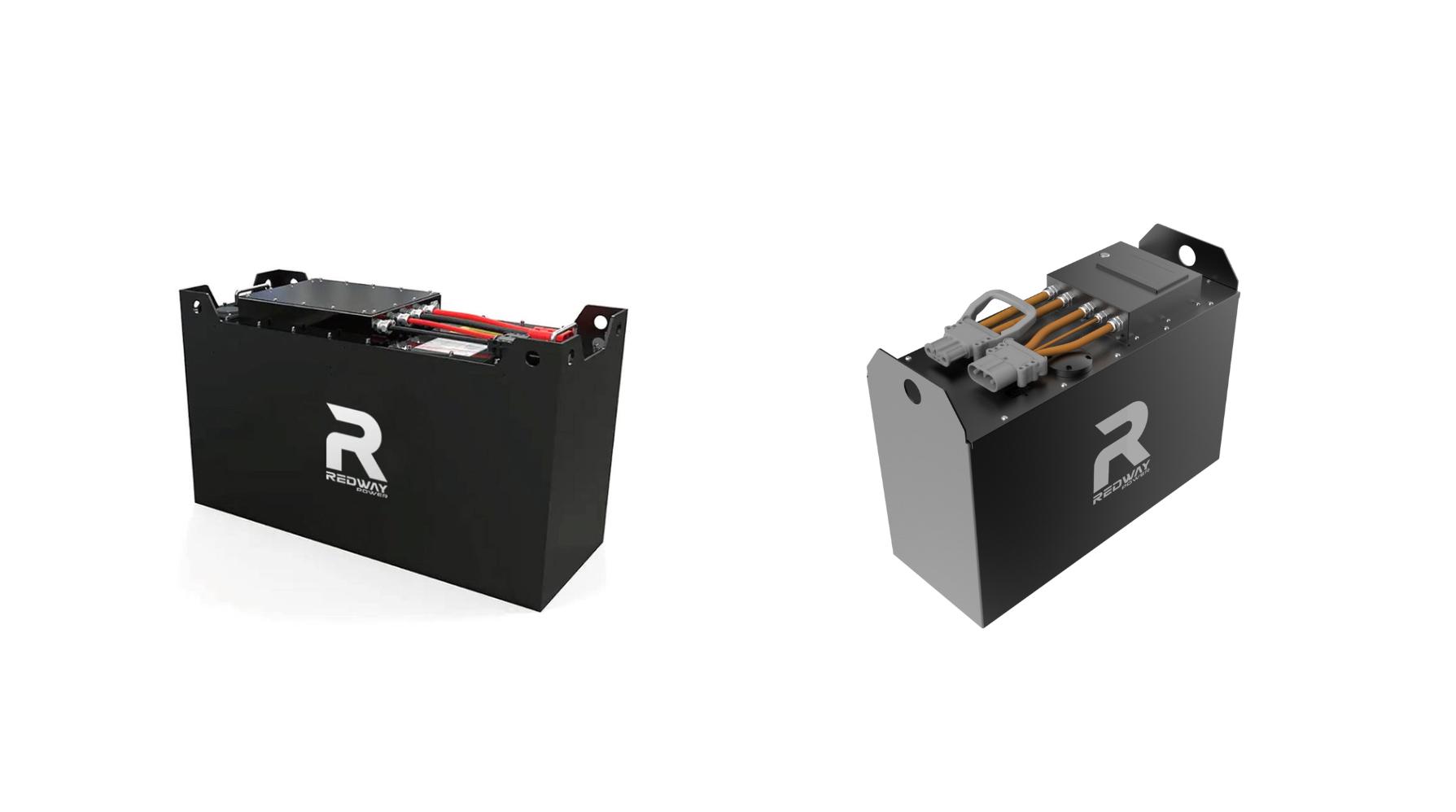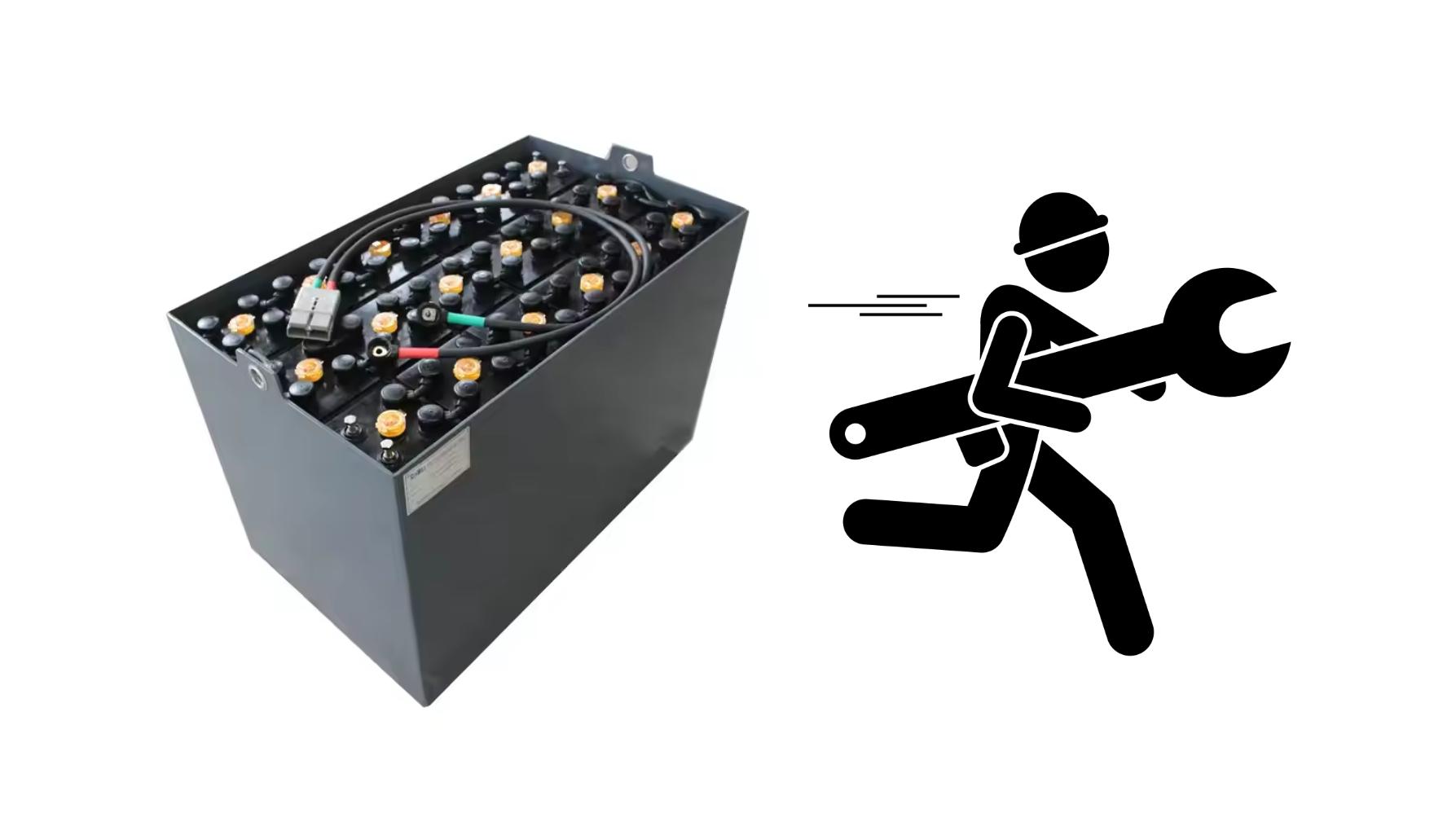Choosing the best marine battery tray for Group 24 batteries involves selecting a durable, corrosion-resistant tray that fits securely while allowing proper ventilation and safety. Consider material type, size compatibility, hold-down mechanisms, and resistance to marine elements to protect your battery and optimize performance on the water.
What Are Group 24 Marine Batteries and Why Do They Need Specific Trays?
Group 24 marine batteries are mid-sized batteries widely used in boats for starting engines or powering onboard electronics. These batteries require specialized trays designed to accommodate their dimensions and weight securely while resisting the harsh marine environment.
Group 24 batteries typically measure about 10.3 x 6.8 x 9.4 inches and weigh between 40 to 60 pounds. Because boats experience constant motion, vibration, moisture, and salt exposure, marine battery trays must provide secure mounting and corrosion protection. Standard automotive trays may not meet these demands, making marine-specific trays essential for safety and battery longevity.
How Do You Determine the Correct Size and Fit for a Group 24 Battery Tray?
To choose the correct size, measure the battery’s length, width, and height and select a tray matching these dimensions closely but allowing space for installation and ventilation.
Marine battery trays come in standardized sizes tailored for common battery groups like Group 24. Confirm that the tray’s specifications align with your battery to prevent movement or improper fitting. Many marine trays feature adjustable hold-down clamps or straps that further secure the battery and accommodate slight dimensional variations.
Proper sizing enhances safety by minimizing vibrations and electrical issues while also facilitating easy battery replacement or inspection. It is advisable to refer to the battery manufacturer’s dimensions and select trays that meet or exceed marine industry durability standards.
Which Materials Are Best for Marine Battery Trays?
Marine battery trays are commonly made from heavy-duty plastic, stainless steel, or marine-grade aluminum, each offering distinct advantages in corrosion resistance, weight, and cost.
Table: Comparison of Marine Battery Tray Materials
| Material |
Corrosion Resistance |
Weight |
Durability |
Cost |
Maintenance |
| Heavy-duty plastic |
Excellent |
Lightweight |
Resistant to shocks |
Affordable |
Minimal, easy cleaning |
| Stainless steel |
Very good |
Heavier |
High durability |
Moderate to high |
Requires polishing to avoid rust spots |
| Marine-grade aluminum |
Excellent |
Lightweight to moderate |
Strong and corrosion-resistant |
Moderate |
Occasional cleaning and inspection |
Plastic trays are popular for their affordability, weight, and natural resistance to saltwater corrosion. Stainless steel offers superior strength but may require coatings or maintenance to avoid surface rust. Marine aluminum balances strength with corrosion resistance and lightweight design, ideal for performance boats.
How Do Hold-Down Mechanisms Enhance Battery Tray Safety?
Hold-down mechanisms like straps, clamps, or brackets secure the battery tightly to the tray, preventing movement caused by boat rocking, acceleration, or waves.
A proper hold-down prevents battery terminal damage, cable loosening, and potential short circuits. Many marine trays include adjustable clamps or bands made of corrosion-resistant materials like stainless steel or heavy-duty nylon. Some designs feature quick-release mechanisms for easier maintenance.
Using secure hold-downs is crucial to meet marine safety standards, avoid damage from vibration, and extend battery life by maintaining stable positioning even in rough waters.
Why Is Corrosion Resistance Critical for Marine Battery Trays?
Corrosion resistance ensures trays withstand constant exposure to saltwater, humidity, and temperature changes commonly found in marine environments, preventing tray degradation and battery damage.
Corroded trays can weaken structural integrity, cause battery acid leaks, or promote electrical faults. Choosing trays fabricated from materials like heavy-duty plastic or marine-grade metals treated with protective coatings guarantees long-term durability. Reduced corrosion also minimizes maintenance needs and cost over the lifespan of your battery system.
When Should You Replace a Marine Battery Tray?
Replace your marine battery tray if it shows signs of cracking, severe corrosion, warping, or if it no longer securely holds your Group 24 battery.
Taking immediate action when damage occurs prevents battery movement and potential electrical hazards. Regular inspection during seasonal maintenance can detect wear early. Upgrading to newer designs with improved hold-downs or better corrosion resistance can also enhance boat safety and battery performance.
Does Ventilation Matter in Choosing a Marine Battery Tray?
Yes, proper ventilation is essential to dissipate heat and vent gases produced by batteries, reducing the risk of overheating and gas buildup, which could cause explosions.
Quality marine battery trays incorporate ventilation holes or slots without compromising structural strength. Positioning the battery for maximum airflow while protecting it from splashes is a key design consideration. This is especially important for lead-acid Group 24 batteries which can emit hydrogen gas during charging.
Are DIY Battery Tray Solutions Recommended for Marine Use?
DIY battery trays are generally not recommended for marine applications due to the challenging environment and safety considerations.
Marine battery trays require industry-standard corrosion resistance, secure mounting, and compliance with safety regulations. Improvised trays may fail under vibration, moisture, or salt exposure, posing danger to the battery and occupants. Investing in purpose-built trays from reputable manufacturers or OEM partners like Redway Battery ensures reliable protection and optimal battery performance.
How Can Redway Battery Help in Marine Battery Tray and Group 24 Battery Solutions?
Redway Battery provides expertly designed LiFePO4 battery packs and OEM solutions customized for marine applications, including Group 24 sizes that fit securely with compatible trays.
Their advanced battery packs come optimized for durability, energy density, and safety, reducing weight and maintenance compared to traditional batteries. Redway partners with marine accessory manufacturers to ensure battery trays and mounting solutions meet rigorous standards. This full ecosystem support guarantees smooth integration, superior performance, and extended service life, crucial for marine environments.
Table: Comparison of Group 24 Marine Battery Tray Features
| Feature |
Heavy-Duty Plastic |
Stainless Steel |
Marine-Grade Aluminum |
| Corrosion Resistance |
Excellent |
Good |
Excellent |
| Weight |
Light |
Heavy |
Moderate |
| Durability |
Good |
Very High |
High |
| Cost |
Low to Moderate |
Moderate to High |
Moderate |
| Maintenance |
Minimal |
Requires polishing |
Occasional cleaning |
| Ventilation Design |
Standard ventilation holes |
Ventilation possible via perforation |
Often custom vents |
| Hold-Down Compatibility |
Compatible with straps and clamps |
Compatible with clamps |
Compatible with adjustable hold-downs |
Redway Expert Views
“In the marine industry, battery reliability and safety are paramount. Selecting the right battery tray for Group 24 batteries is critical to protect investment and ensure operational safety in harsh conditions. At Redway Battery, we focus on delivering lithium battery packs that reduce weight and provide consistent power, paired with recommendations for compatible marine trays that offer maximum corrosion resistance and secure mounting. Our OEM customization services allow boat builders and users to integrate best-in-class battery solutions tailored to marine needs, ensuring durability, efficiency, and peace of mind on the water.” — Redway Battery Engineering Team
Conclusion
Choosing the best marine battery tray for Group 24 batteries requires a balanced focus on fit, material durability, corrosion resistance, and secure hold-down systems. Heavy-duty plastic, stainless steel, and marine-grade aluminum offer varying benefits, but corrosion resistance and proper ventilation remain indispensable features in all marine trays. Upgrading or replacing trays proactively maintains safety and battery longevity, especially when paired with innovative lithium battery solutions from trusted suppliers like Redway Battery. Investing in the right components ensures reliable power, enhanced safety, and reduced maintenance for your marine battery setup.
FAQs
Q1: Can I use a car battery tray for a marine Group 24 battery?
Car battery trays lack marine-grade corrosion resistance and secure mounting needed for boats, so they are not recommended.
Q2: How often should I inspect my marine battery tray?
Inspect trays seasonally or at least twice a year, focusing on corrosion, cracks, and hold-down integrity.
Q3: Are lithium batteries compatible with standard Group 24 marine trays?
Many lithium Group 24 batteries fit standard marine trays but verify dimensions and hold-down compatibility beforehand.
Q4: What maintenance is needed for plastic marine battery trays?
Plastic trays require minimal maintenance, usually just cleaning to remove salt or debris buildup.
Q5: Does Redway Battery provide OEM marine battery tray solutions?
Redway Battery specializes in lithium battery packs and partners with manufacturers to offer suitable mounting and tray solutions customized for marine applications.



